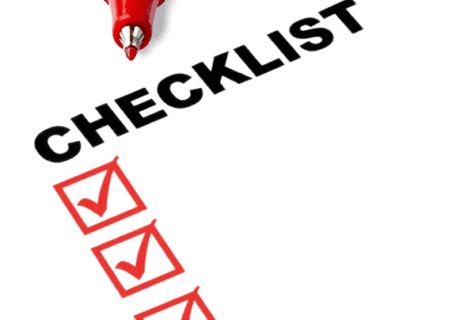
Provider documentation is your only defense if you’re faced with an audit. It must be rock-solid to support the claims you submit to payers. But how can you ensure this happens when each clinician has his or her own style and perspective when documenting a patient encounter?
The answer is good basic, defensible documentation. Here are some specific steps your providers can implement to improve the strength of their documentation, and the chances that your claims will get paid:
- Patient Identification.
The Joint Commission and other governing agencies require a patient’s name and identifying information (such as their date of birth) on each page of information. Also, any documentation with multiple pages, including progress notes or an admitting history and physical, must bear patient identification on every page — for example, the patient’s name and account or medical record number.
- Date for each entry.
Electronic health records should be date-stamped. And if you’re not using an EHR, then you must provide the date and time for each patient encounter.
- Legible signature.
All entries should be “signed off” by the person making the entry.
- Permanent entries.
If you’re not using an EHR, your clinicians should make only ink entries, preferably in blue or black ink. And if you have to change or add to the visit note after the fact, then you must create an official addendum to the record, noting the changes and the reason for them.
- Entire record must stand alone.
The provider must document each day and time of service. If she refers to other documentation, she should state the location of that documentation, any changes to that information, and that she reviewed and updated the prior documentation as appropriate.
- Timeliness.
The documentation must be timely, which means the clinician records events as they happen. You should use some standardized approach to documentation, the most common of which is the SOAP note. SOAP stands for subjective (chief complaint), objective (clinicians observations of the patient), assessment (diagnosis) and plan (such as diagnostic tests or treatment).
- Legibility.
If your provider makes handwritten notes, all entries must be legible to another reader so that she could conduct a meaningful review of the patient’s record.
- Understandability.
If your clinician fails to document the rationale for ordering any diagnostics or ancillaries, you must be able to easily infer it based on the physician’s notes.
- Status.
The provider should indicate the patient’s progress, response and changes to treatment. She should note documentation such as “improved,” “stable,” “worse,” or “no improvement” for each condition she’s evaluating and managing during the encounter.
By following the above guidelines, you can be sure that you have comprehensive, defensible documentation. So, your chances of getting your claims paid just increased significantly.
Take Aways:
- You must be able to easily identify which patient the documentation represents because it should include the patient’s name, account number or other specific details.
- The documentation must be permanent. That means if you’re not using an EHR, then your clinicians must make notes in ink, and they must be legible.
- Make sure the documentation includes the patient’s progress. There should be an indication of how the patient is responding to various treatments that are part of the provider’s care.
